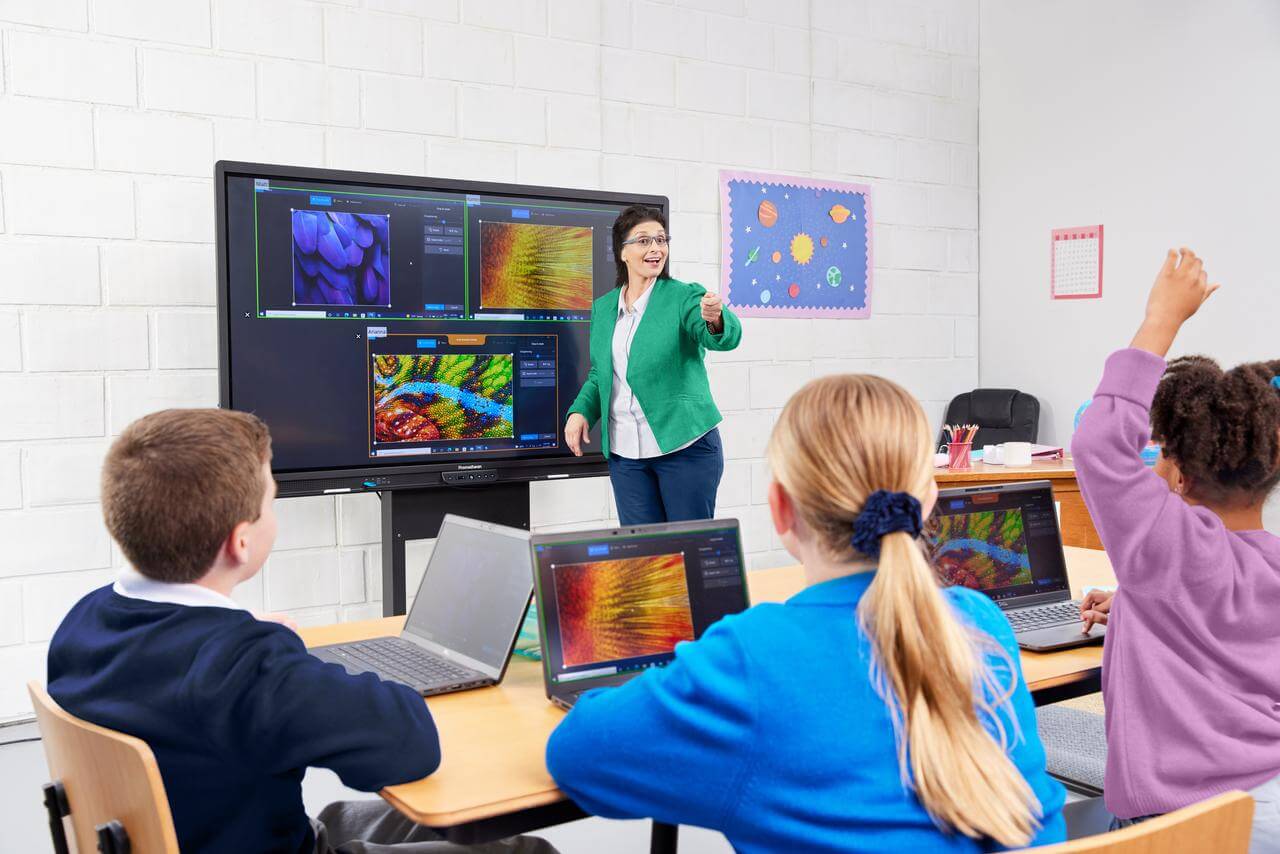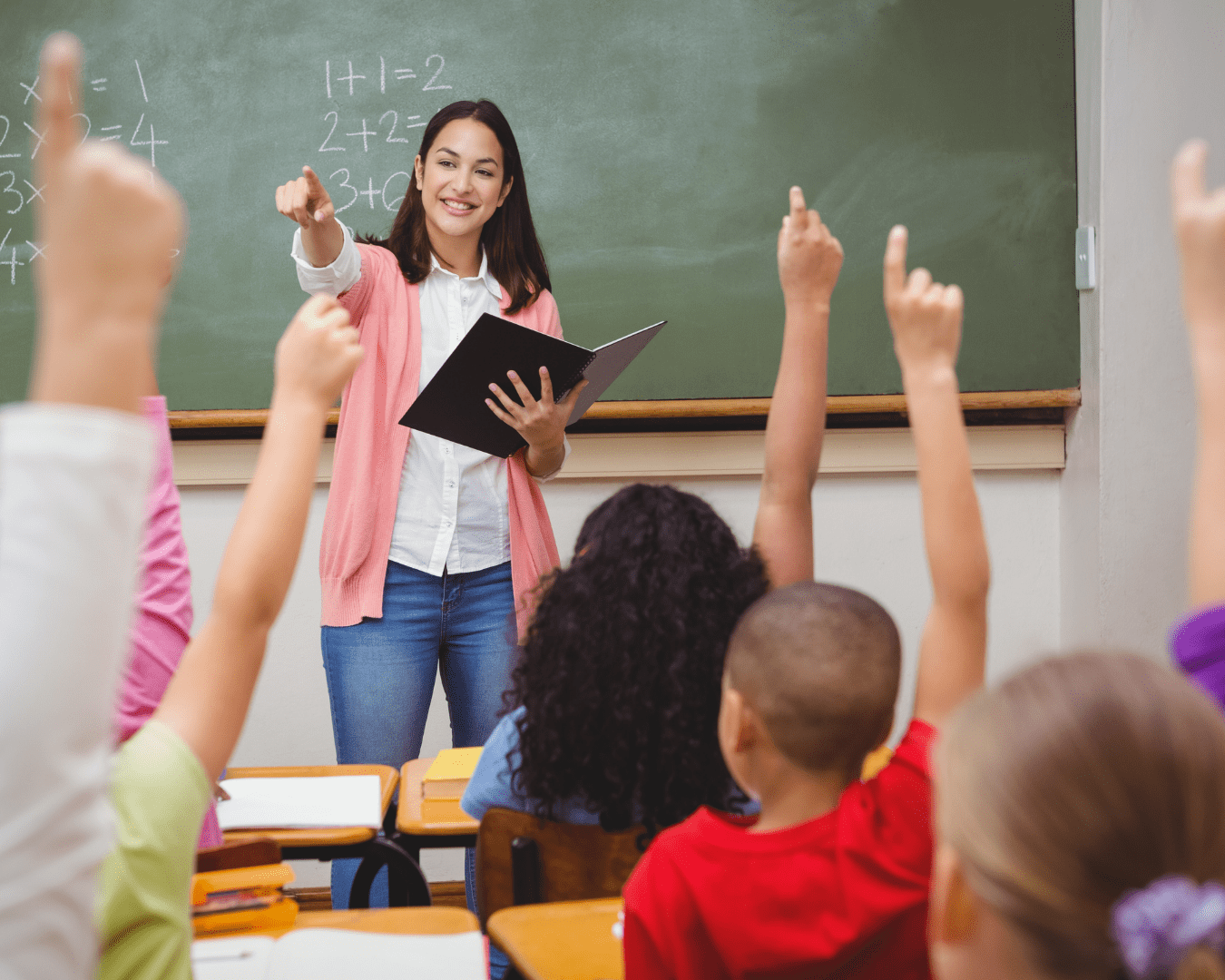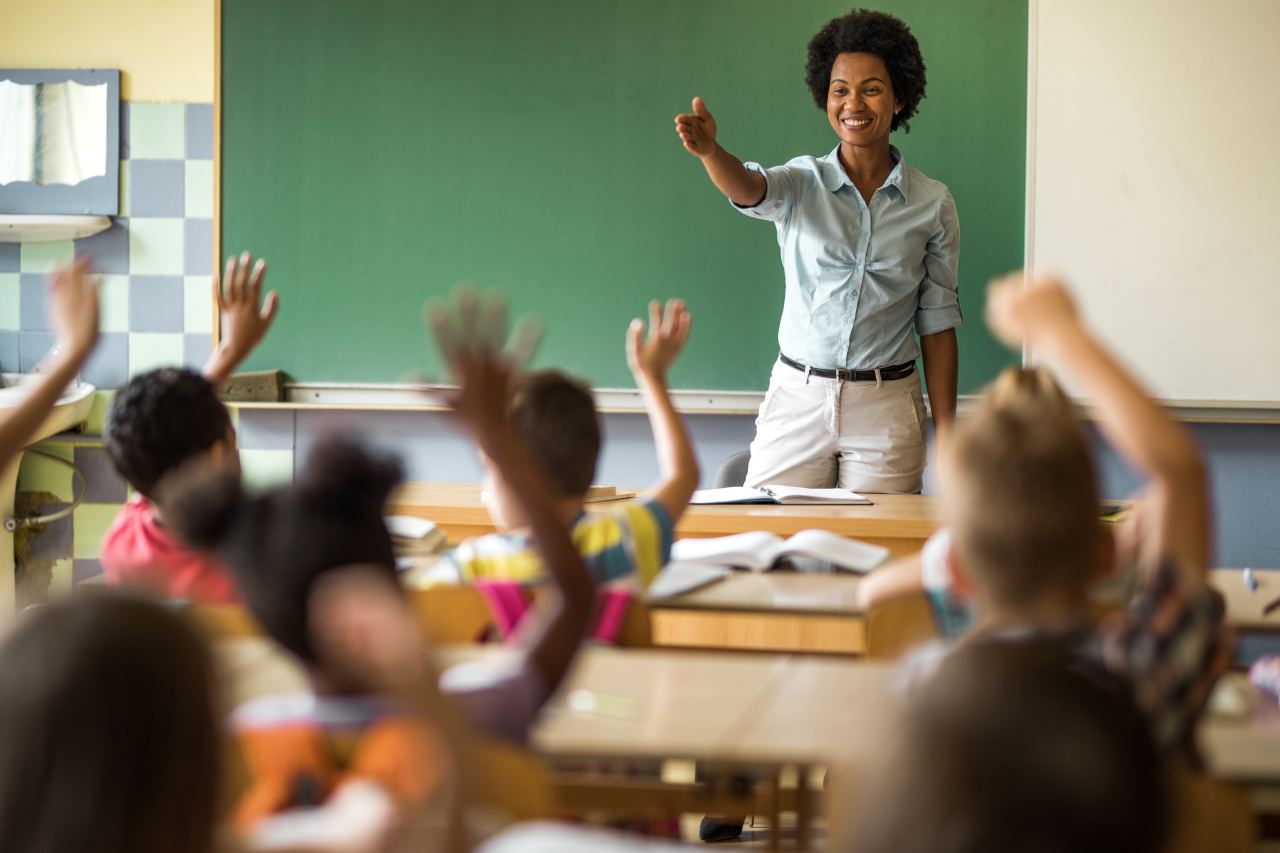Enroll in Primary Science Tuition Singapore for a Strong Science Foundation
Enroll in Primary Science Tuition Singapore for a Strong Science Foundation
Blog Article
Discovering the Various Training Techniques in Primary Science Education And Learning Today
Inquiry-based understanding, hands-on experiments, and the assimilation of technology are redefining exactly how teachers engage young minds. In addition, joint strategies and differentiated direction are being utilized to provide to the varied demands of trainees, improving both interaction and understanding.
Inquiry-Based Knowing
Inquiry-Based Learning (IBL) is an instructional approach that motivates trainees to discover clinical concepts via doubting, examination, and hands-on testing. This method highlights the duty of trainees as active individuals in their learning, advertising essential reasoning and analytical abilities. By involving with real-world inquiries, students come to be interested and inspired, which boosts their understanding of clinical principles.
In IBL, instructors function as facilitators, assisting trainees as they browse their questions rather than providing details directly. This student-centered method permits distinction, accommodating numerous discovering rates and styles. Trainees create abilities in formulating hypotheses, developing experiments, and analyzing information, which are important for scientific literacy.
Additionally, IBL fosters collaboration amongst pupils, motivating them to share searchings for and concepts. This cumulative query promotes social skills and a sense of community within the classroom. The procedure of query urges resilience, as trainees find out to welcome failing as a stepping stone toward understanding.
Hands-On Experiments
Hands-on experiments are a vital part of reliable science education, matching the concepts of inquiry-based learning. These experiments permit pupils to involve straight with clinical ideas, fostering a deeper understanding via experiential understanding. By adjusting materials and observing outcomes, young learners can understand abstract concepts in concrete ways.
Such activities promote crucial reasoning and analytic abilities, as students hypothesize outcomes, conduct experiments, and examine results. This process encourages them to ask questions, improve their understanding, and create a clinical frame of mind. Hands-on experiments can be tailored to diverse discovering styles, ensuring that all trainees have the possibility to engage meaningfully with the web content.
Additionally, hands-on experiments commonly motivate collaboration amongst peers, promoting team effort and communication skills. Operating in teams allows trainees to share concepts, review findings, and find out from each other, which boosts their total instructional experience.
Incorporating hands-on experiments right into the key science curriculum not just enriches the finding out setting but additionally grows a lifelong passion in scientific research. By proactively taking part in their education and learning, trainees are much more likely to create a passion for scientific questions that prolongs beyond the class.

Technology Combination
Integrating technology into primary scientific research education has actually become significantly important in promoting student involvement and enhancing learning results. Using digital tools, such as interactive simulations, online laboratories, and instructional software application, gives pupils with possibilities to explore clinical ideas in innovative ways. These resources promote a much deeper understanding of complex topics by enabling students to imagine and adjust variables that would certainly be not practical in a conventional class setting.
Additionally, technology assimilation encourages personalized learning experiences. Students can proceed at their own pace, taking another look at challenging concepts via multimedia resources, which accommodate various discovering designs. This adaptability not just sustains private growth yet additionally cultivates a sense of autonomy in students.
Additionally, technology acts as a bridge to real-world science, attaching trainees with current study and professional contributions. Accessibility to clinical journals and on-line data sources broadens students' point of views on scientific query and cultivates important assuming abilities.
Collaborative Discovering
Joint knowing plays an essential duty in key science education and learning by promoting team effort and communication abilities among trainees. This technique motivates students to interact, share knowledge, and involve in analytic, which boosts their understanding of scientific principles. By taking part in team tasks, pupils discover to express their concepts, pay attention to diverse point of views, and discuss services, all of which are crucial abilities in both real-world and academic contexts.

Research study suggests that collaborative learning can result in increased inspiration and you can find out more involvement in science subjects, as trainees locate enjoyment in shared experiences (primary science tuition Singapore). Additionally, this technique prepares trainees for future joint undertakings, equipping them with the skills needed for reliable teamwork in higher education and learning and professional settings. Eventually, accepting collective discovering in primary science education can significantly enrich the discovering experience and promote a much deeper understanding of clinical query
Separated Guideline

Distinguished instruction can show up in different ways, such as varying the material, procedures, or products of understanding. Educators might use tiered assignments that give varying degrees of complexity, enabling students to work at their corresponding preparedness degrees. Furthermore, adaptable grouping strategies can promote cooperation among trainees with various abilities, fostering peer learning.
Evaluation plays a crucial function in this technique, as it notifies guideline and aids instructors understand each trainee's one-of-a-kind needs. Formative assessments, such as tests and observations, can assist instructors in adjusting their strategies to improve learning outcomes. primary science tuition Singapore. Inevitably, by executing differentiated direction in main scientific research education and learning, teachers can cultivate a much more reliable and equitable understanding environment, equipping all pupils to reach their complete capacity in understanding scientific phenomena
Final Thought
In recap, the varied teaching techniques in key scientific research education, consisting of inquiry-based discovering, hands-on experiments, technology combination, collaborative learning, and separated guideline, jointly add to a much more reliable discovering setting. These approaches advertise essential reasoning, problem-solving skills, and a much deeper comprehension of scientific concepts. By implementing these approaches, instructors can develop encouraging and appealing class that resolve the different requirements of pupils, inevitably cultivating a long-lasting passion in science and enhancing academic achievement.
Inquiry-Based Understanding (IBL) is an instructional technique that encourages students to explore scientific concepts through helpful site questioning, investigation, and hands-on trial and error.Collective discovering plays an essential duty in primary science education and learning by fostering team effort and communication abilities among trainees.Study suggests that collaborative discovering can lead to increased motivation and interaction in scientific over here research subjects, as trainees locate enjoyment in common experiences.In fostering a comprehensive learning environment, separated guideline arises as a crucial technique to suit the diverse demands and capabilities of pupils in main scientific research education and learning. Inevitably, by executing differentiated direction in primary scientific research education and learning, instructors can cultivate a much more efficient and fair knowing atmosphere, empowering all students to reach their complete capacity in comprehending scientific phenomena.
Report this page